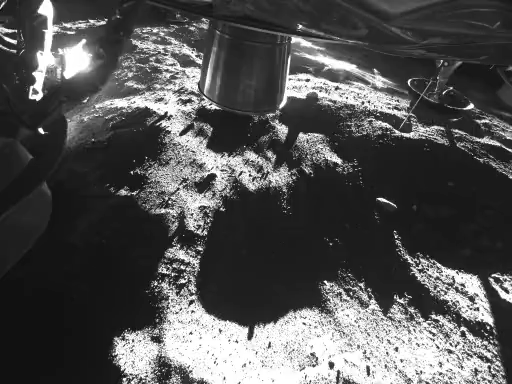Now Reading: Mission Update: Humber Pie Tracks Sols 4481-4483 Progress
-
01
Mission Update: Humber Pie Tracks Sols 4481-4483 Progress
Mission Update: Humber Pie Tracks Sols 4481-4483 Progress

Quick Summary
- Mission: The Mars Science Laboratory mission team documented their rover’s triumphant arrival at the “Humber Park” outcrop on Mars during Earth’s Pi Day (March 14, 2025).
- Instruments & Observations:
– MAHLI instrument captured detailed imagery of three rock structure targets: “Yerba Buena Ridge,” “Sepulveda Pass,” and “South Fork.” APXS also investigated South Fork for its chemical composition.
– ChemCam analyzed rock chemistry from diverse targets, including bedrock slabs (“Ridge Route”) and unusual pit structures (“Mount Lawlor”).Long-distance mosaics captured geological features up to 100 meters away at Gould Mesa.
– Mastcam collected stereo mosaics of the Humber Park outcrop and additional visual data from sand troughs and cross-bedded formations. Navcam assisted with mid-drive imaging of both sides of the outcrop for a complete survey.
- Environmental Studies: Atmospheric chemistry, dust levels, clouds, and dust devils were methodically recorded during this phase.
Indian Opinion Analysis
India has been increasingly involved in space exploration through ISRO missions like Chandrayaan and Mangalyaan. This update from NASA’s Mars mission underscores the continued importance of detailed planetary research-essential for understanding geology beyond Earth-which is echoed by India’s aspirations in lunar and interplanetary studies.
As India gears up for future extraterrestrial missions such as Shukrayaan (Venus) or Gaganyaan (crewed flight), techniques showcased here-advanced imaging tools (like Mastcam) or chemical analysis instruments (APXS/ChemCam)-highlight best practices that could inspire similar technological adoption within ISRO projects.collaborative frameworks between nations might also emerge as new areas like atmospheric monitoring are tackled with precision.
The Humber Park investigations resonate with broader scientific goals shared globally-every discovery on another celestial body can refine parameters that impact how nations plan space strategies scientifically and sustainably in coming decades.



























